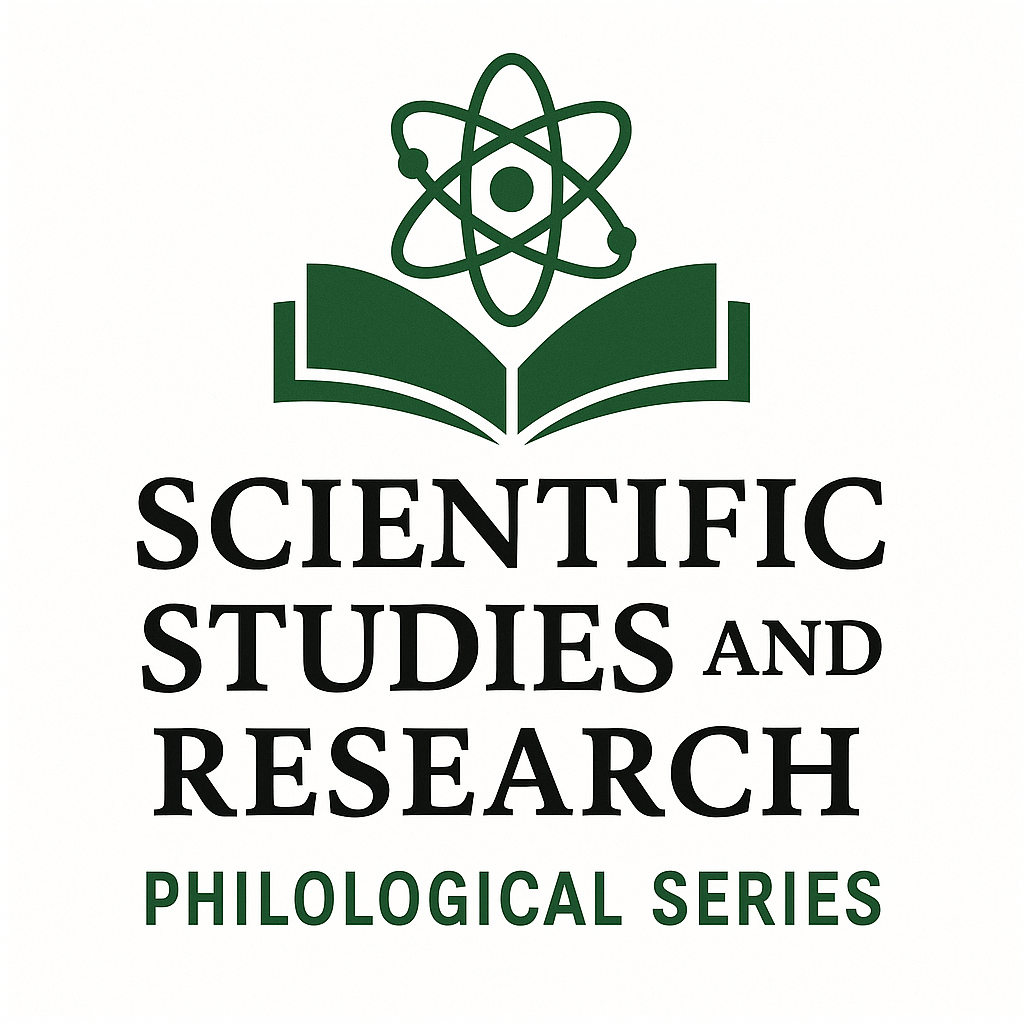Scientific Journals
Discover the latest research and publications from our university s academic community.

Scientific Study & Research - Chemistry & Chemical Engineering, Biotechnology, Food Industry

Cultural Perspectives - Journal for Literary and British Cultural Studies in Romania

Scientific Study & Research - Biology
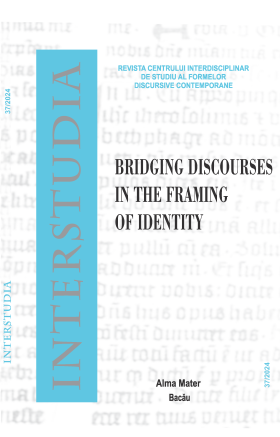
Interstudia
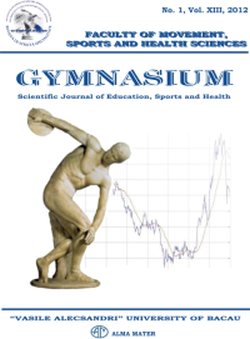
Gymnasium

Journal of Engineering Studies and Research

Scientific Studies and Research. Series Mathematics and Informatics
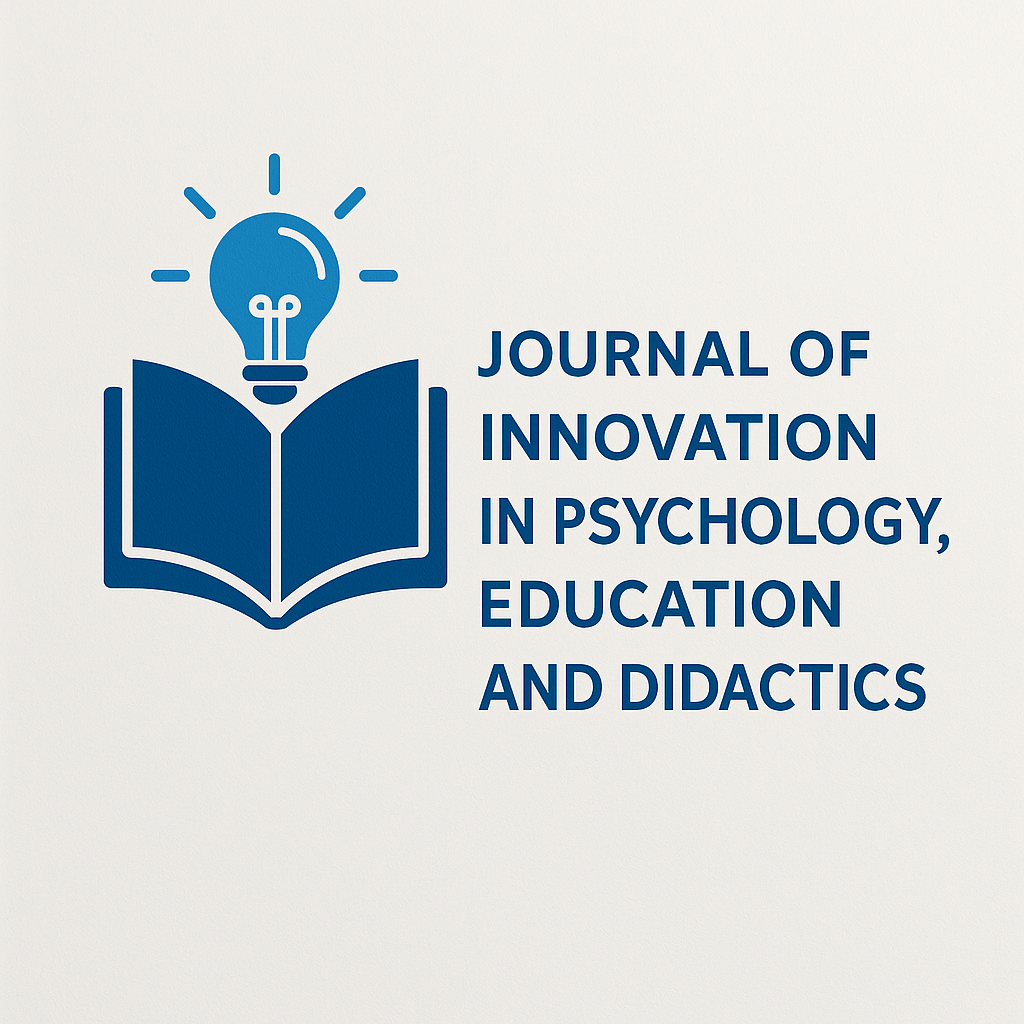
Journal of Innovation in Psychology, Education and Didactics
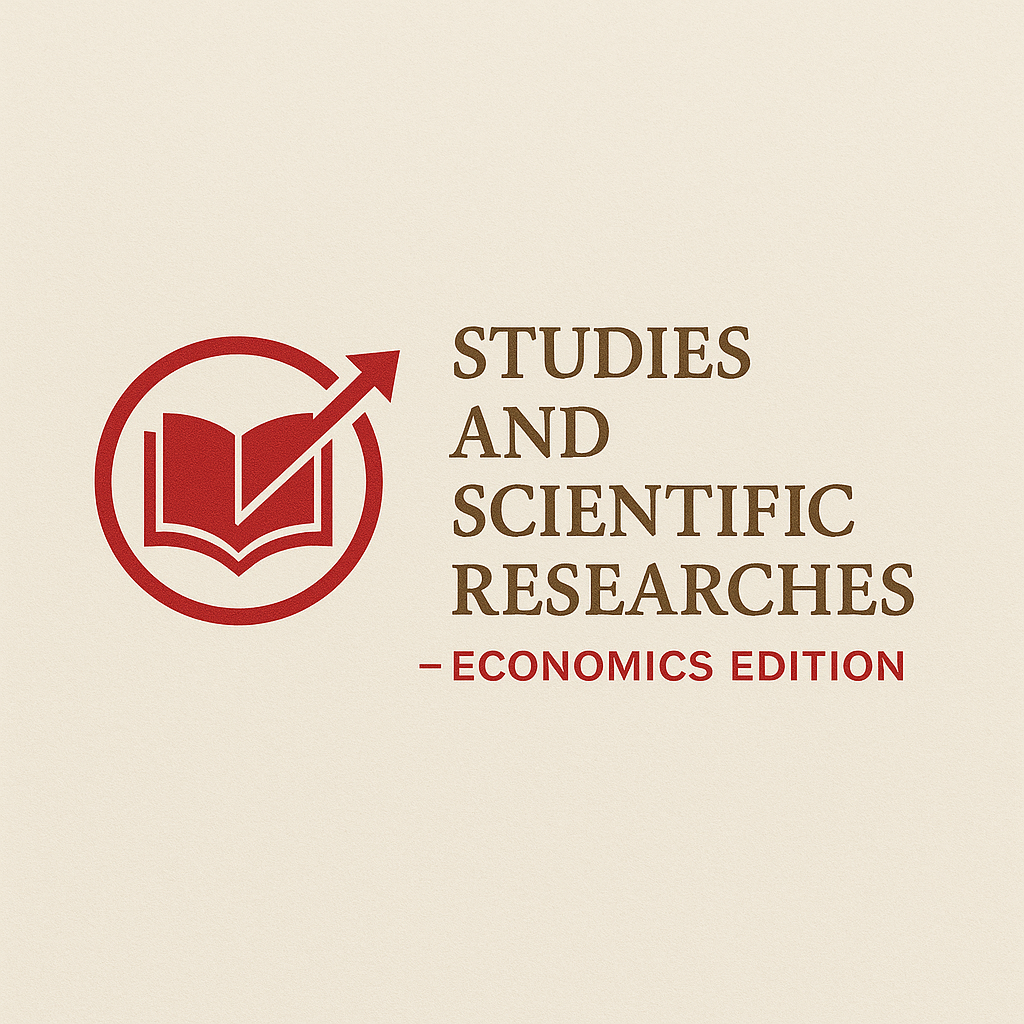
Studies and scientific researches - Economics edition
